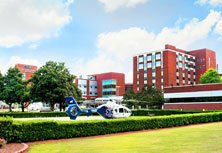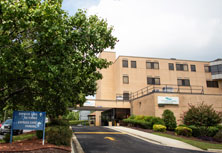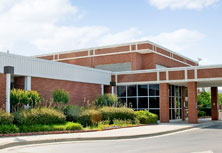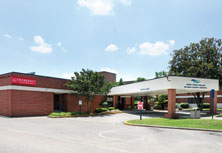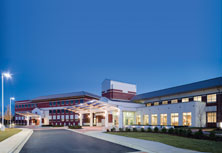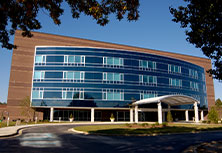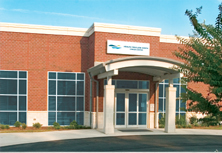Voice Changes
There are a variety of medical conditions that can lead to voice changes / problems. The most common causes of hoarseness and vocal difficulties are outlined below. If you become hoarse frequently or notice voice change for an extended period of time an evaluation by an Otolaryngologist is suggested.
Acute Laryngitis
Acute laryngitis is the most common cause of hoarseness and voice loss that starts suddenly. Most cases of acute laryngitis are caused by a viral infection that leads to swelling of the vocal cords. When the vocal cords swell, they vibrate differently, leading to hoarseness. The best treatment for this condition is to stay well hydrated and to rest or reduce your voice use. Serious injury to the vocal cords can result from strenuous voice use during an episode of acute laryngitis. Since most acute laryngitis is caused by a virus, antibiotics are not effective. Bacterial infections of the larynx are much rarer and often are associated with difficulty breathing. Any problems breathing during an illness warrants emergency evaluation.
Chronic Laryngitis
Chronic laryngitis is a non-specific term and an underlying cause should be identified. Chronic laryngitis can be caused by acid reflux disease, by exposure to irritating substances such as smoke, and by low grade infections such as yeast infections of the vocal cords in people using inhalers for asthma. Chemotherapy patients or others whose immune system is not working well can get these infections too.
Laryngopharyngeal Reflux Disease (LPRD)
Reflux of stomach juice into the throat can cause a variety of symptoms in the esophagus (swallowing tube) as well as in the throat. Hoarseness (chronic or intermittent), swallowing problems, a lump in the throat sensation, or throat pain are common symptoms of stomach acid irritation of the throat. Please be aware that LPRD can occur without any symptoms of frank heartburn and regurgitation that traditionally accompany gastro esophageal reflux disease (GERD).
Voice Misuse and Overuse
Speaking is a physical task that requires coordination of breathing with the use of several muscle groups. It should come as no surprise that, just like in any other physical task, there are efficient and inefficient ways of using your voice. Excessively loud, prolonged, and/or inefficient voice use can lead to vocal difficulties, just like improper lifting can lead to back injuries. Excessive tension in the neck and laryngeal muscles, along with poor breathing technique during speech leads to vocal fatigue, increased vocal effort, and hoarseness. Voice misuse and overuse puts you at risk for developing benign vocal cord lesions (see below) or a vocal cord hemorrhage.
Common situations that are associated with voice misuse:
Benign Vocal Cord Lesions
Benign non-cancerous growths on the vocal cords are most often caused by voice misuse or overuse, which causes trauma to the vocal cords. These lesions (or bumps) on the vocal cord(s) alter vocal cord vibration and lead to hoarseness. The most common vocal cord lesions are nodules, polyps, and cysts. Vocal nodules (also known as nodes or singer's nodes) are similar to calluses of the vocal cords. They occur on both vocal cords opposite each other at the point of maximal wear and tear, and are usually treated with voice therapy to eliminate the vocal trauma that is causing them. Contrary to common myth, vocal nodules are highly treatable and intervention leads to improvement in most cases. Vocal cord polyps and cysts are the other common benign lesions. These are sometimes related to voice misuse or overuse, but can also occur in people who don't use their voice improperly. These types of problems typically require microsurgical treatment for cure, with voice therapy employed in a combined treatment approach in some cases.
Laryngeal Cancer
Throat cancer is a very serious condition requiring immediate medical attention. Chronic hoarseness warrants evaluation by an otolaryngologist to rule out laryngeal cancer. It is important to remember that prompt attention to changes in the voice facilitate early diagnosis. Remember to listen to your voice because it might be telling you something. Laryngeal cancer is highly curable if diagnosed in its early stages.
